Big Logos Bang
Jacobus KloppenburgAs a prologue to the 2006/2007 season, W139 is presenting a solo exhibition of work by Jacobus Kloppenburg (Amsterdam 1930) entitled “BIG LOGOS BANG” On show will be pastel drawings, avocado runes and geometric sketches alongside recordings of his studio, cleared in 1998, and a video survey of his sketchbooks.
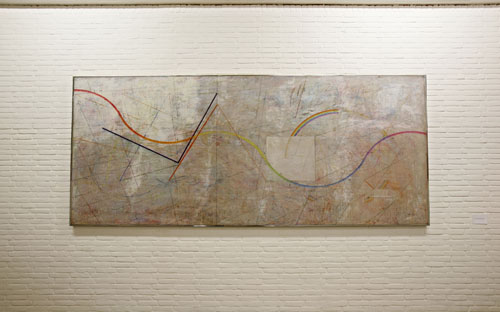

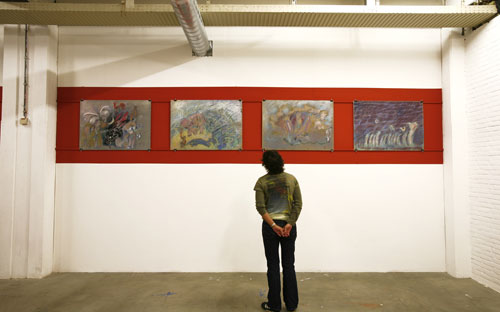


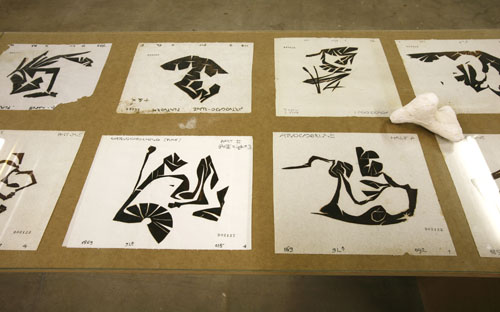
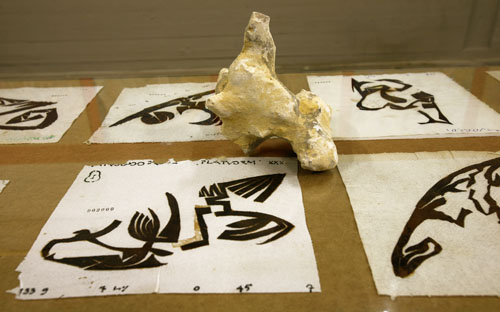
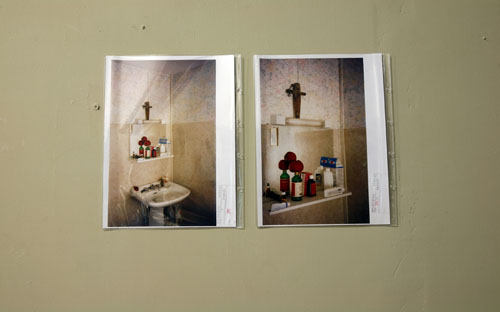
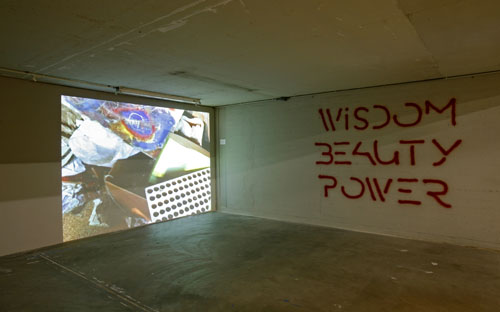
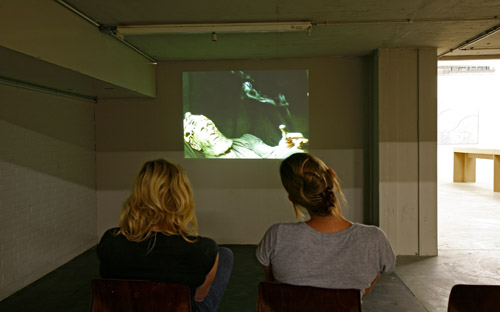
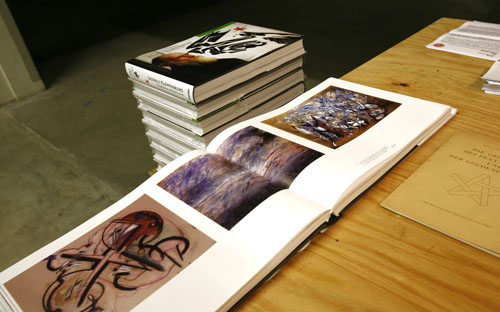

For decades, the three topmost storeys of a warehouse on the Lauriergracht were Kloppenburg’s “artchive for the future”. In an area measuring around 600 square metres, he accumulated and assimilated a cross-section of the material culture of the 20th century. Like the back of a newspaper clipping that, 25 years later, has almost become more important than the front, Kloppenburg considers the objects he rescued from the gutter, left out on the street for the refuse truck on Tuesday nights, as the essence of the spirit of our time. The discarded detritus is the real face of the city: in retrospect, rolls of wallpaper and fabric, sheets of triplex and hardboard, kitchen utensils and household articles are the most intimate sensory residue of a recent history. The artchive is included in the exhibition in the form of projected photographs.
The pastel drawings predominantly date from the seventh decade of the last century. Kloppenburg was trained in his father’s advertising agency; when he decided to create autonomous drawings he discovered that his ‘hand’ consisted of a set of tricks and knacks. To elude this conditioning, he worked late at night. On the verge of sleep, his drawings found the freedom he was looking for.
The avocado runes are the result of cutting into an avocado with a sharp knife, peeling off the skin and laying it between two sheets of kitchen paper. The runes form a long series of what appear to be the folded sections of a spatial form, reduced to a flat plane. Anyone who has ever made their own clothes is familiar with the imaginative challenge when faced with cutting out a sleeve or collar. This area, where lines, planes and space converge is an exercise ground for imaginary thinking. That, in this instance, Kloppenburg refers to runes indicates that he also considers this zone as a phase between image and language.
Next to the colourful sensuality of the pastel drawings, Kloppenburg’s A4 pencil drawings represent yet another area of his work. Alongside handwriting, calligraphy, and words geometry is also a predominant feature. The link between pentagondodekaeder, golden section and cube are calculated to three or four decimals, and explored. These drawings demonstrate that the drive to understand was just as powerful as the drive to experience.
One of the most essential problems in art is beginning. The step from the continent of imagining and thinking to the rolling ocean of action is one that must always be made. And respect for this boundary is one of an artist's qualities. Where most professions allow the necessity of an act to lose its edge, the artist is more or less compelled to remain alert in a zone that offers nothing to hold onto. W139 is a place where this pivotal capacity of art is nurtured. Jacobus Kloppenburg represents this capacity to begin in an exemplary way.